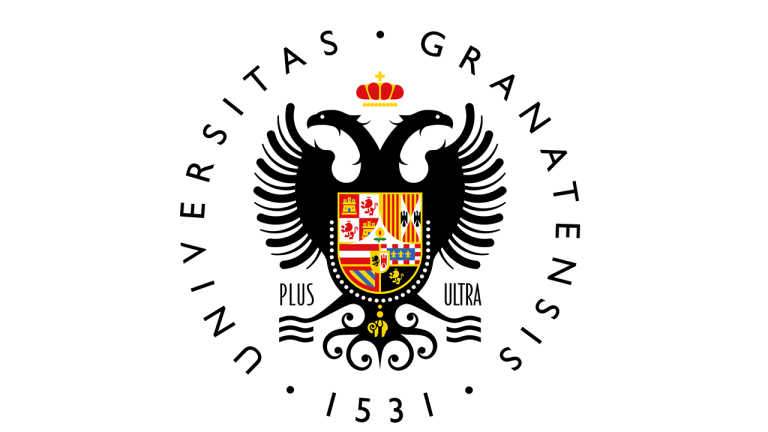Proyecto Prometeo
Información administrativa
Descripción del proyecto
Prometeo Project - Predictive Infrastructure Maintenance using Intelligent Remote Monitoring & Integrated Dynamic Modelling.
The PROMETEO project is focused on the predictive maintenance of infrastructures through continuous intelligent remote sensing coupled with dynamic numerical modelling. The proposed approach is valid for a wide range of infrastructures. It includes three main innovative components:
-
- Continuous intelligent deformation monitoring using remote sensing. In this project we propose to perform a continuous intelligent deformation monitoring using an advanced remote sensing: the InSAR technique.
-
- Web-based integration of monitoring data and first-level analysis. Each monitoring device provides its own data, with given spatial resolution, temporal sampling, precision, deformation information, etc.
- Integration platform based on dynamic modelling to perform prediction and alert.
The main goal of modelling is to provide a tool to understand, define, quantify, visualize, or simulate how a geo-structure behaves. If the proposed model can reproduce past and present behaviours, it could be used also to predict what will happen in the future according to given external load scenarios.
Actividades
The objective is to perform a wide-area, intelligent early-detection of deformation phenomena fully exploiting the potentiality of InSAR to monitor several infrastructures at the same time.
Responsible:
The aim is to implement a continuous InSAR deformation monitoring focused on single infrastructures which provides a detailed temporal evolution of the deformation phenomena at hand.
Responsible:
Integrate in a web-based application different monitoring data and perform a first-level analysis.
Responsible:
The goal is to develop geo-mechanical models, based on the home-made Finite Element Method (FEM) code GeHoMadrid, able to reproduce past and present deformation data obtained by the implemented monitoring systems in the selected infrastructures.
Responsible:
The objective is to predict future deformation over the selected infrastructures using: i) the calibrated geo-mechanical models (O4) and ii) predefined external load scenarios: rain, temperature relying on simplified climate change setups or weather forecast or expected cyclic traffic loads.
Responsible:
End-to-end demonstration of the proposed approach in the first project Pilot, which concerns the monitoring of the infrastructure of the Catalan Railways (Ferrocarrils de la Generalitat de Catalunya - FGC). The novelty of this Pilot will be an end-to-end demonstration of the PROMETEO approach including the wide area InSAR monitoring (covering approximately 1000 km2), the automatic detections of ADAs, their intersection with the railway lines and the associated infrastructures (stations, bridges, slopes, etc.), the continuous monitoring of, at least, a selected infrastructure, the integrated modelling and the associated predictions and alerts.
Responsible:
.Demonstration of the proposed approach in the 2nd Pilot which involves a stretch of the A-7 highway (S Spain) between the Carchuna-Calahonda and Castell de Ferro exits where three road cuts have shown complex ground instabilities. An extensive site investigation campaign will be carried out to determine the geological structure of the ground, as well as to analyse the landslide kinematics.
Responsible:
Slight displacements in the viaduct of the A-44 highway that crosses the Rules Reservoir (Granada, Spain) were recently detected. The origin and evolution of these displacements are currently unknown and nor is it clear whether they could compromise the integrity of the infrastructure. Besides, a landslide also threatens the southern abutment of the viaduct. An end-to-end demonstration in this third project pilot will include InSAR analyses integrated with in-situ measurements and modelling to monitor and explain the movements of the mentioned landslide and help in the clarification of the origin of the viaduct deck deformation.
Responsible:
Demonstrate the proposed approach in the 4th Pilot, a port container terminal in the Port of Cádiz built on a reclamation land with sandy hydraulic fills on a seabed formed by soft clays. The engineered mooring structure is an array of floating concrete caissons. As settlements are expected in such infrastructures even after years of operation, and may put at risk serviceability, the Port Authority of Cádiz carried out a series of campaigns of settlement monitoring, among other surveillance work. Checking classical monitoring against continuous intelligent remote sensing tool, in particular with the InSAR technique, will provide fruitful insight on its reliability in the scope of civil engineering.
Responsible:
CENTRO DE ESTUDIOS Y EXPERIMENTACIÓN DE OBRAS PÚBLICAS (CEDEX)
The first task is dedicated to technology transfer activities throughout the project. This will be carried out through dedicated training activities related to the three research lines of the project. The second task is devoted to the dissemination activities (social networks, scientific papers, workshops about the pilot studies).
Responsible:
Equipo
Información adicional
Departamentos implicados
© 2024 Instituto Geológico y Minero de España





